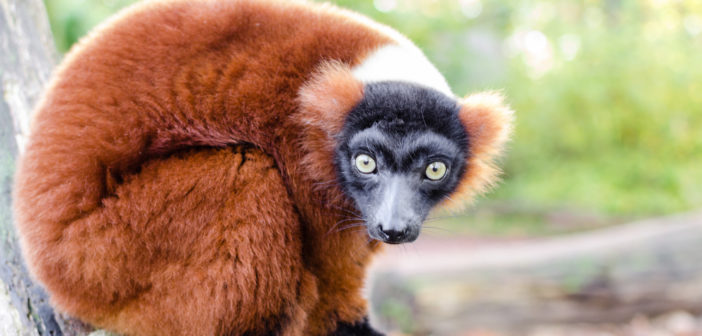Lemurs are widely known animals, in part because of the animated film Madagascar, which helped lemurs conquer many people’s hearts and boosted tourism in Madagascar. The island owes a large part of its popularity and attractiveness to this adorable primate, but today most lemurs are at serious risk of extinction.
The International Union for Conservation of Nature and Natural Resources (IUCN), a union of numerous environmental protection organizations, released a statement on August 1st, according to which 95% of the world lemur population is “on the verge of extinction,” making them the “most threatened primates on Earth.”
Russ Mittermeier, a member of the commission in charge of the survival of species at the IUCN, declared that this is the highest percentage of threatened species in any group of mammals. This was confirmed by a statement from the Madagascar Group for the Study and Research on Primates (Groupe d’Etude et de Recherche sur les Primates de Madagascar, GERP), announcing that 105 species out of the 112 that populate the island of Madagascar are at serious risk of extinction.
These arboreal primates, recognizable by their pointed snouts and long tails, represent 20% of the primates on Earth and can only be found in Madagascar. Massive exploitation and destruction of tropical forests, including unregulated agriculture and mining, is damaging the lemurs’ habitat and existence.
According to Christoph Schwitzer, Chief Zoological Officer at the Bristol Zoological Society, among the most troubling factors in the status of lemur species is an “increase of lemur hunting,” including “commercial hunting on a large scale,” adding that such a situation has never been seen in Madagascar before.
Knowing the importance of lemurs for Madagascar, and seeing the many problems our planet is facing because of human indifference, OIPA International hopes that people will stop using these creatures for profit before it is too late.
See the original article here.
Featured image: Red-ruffed lemur. Image credit: Mathias Appel, CC BY-ND 2.0.





